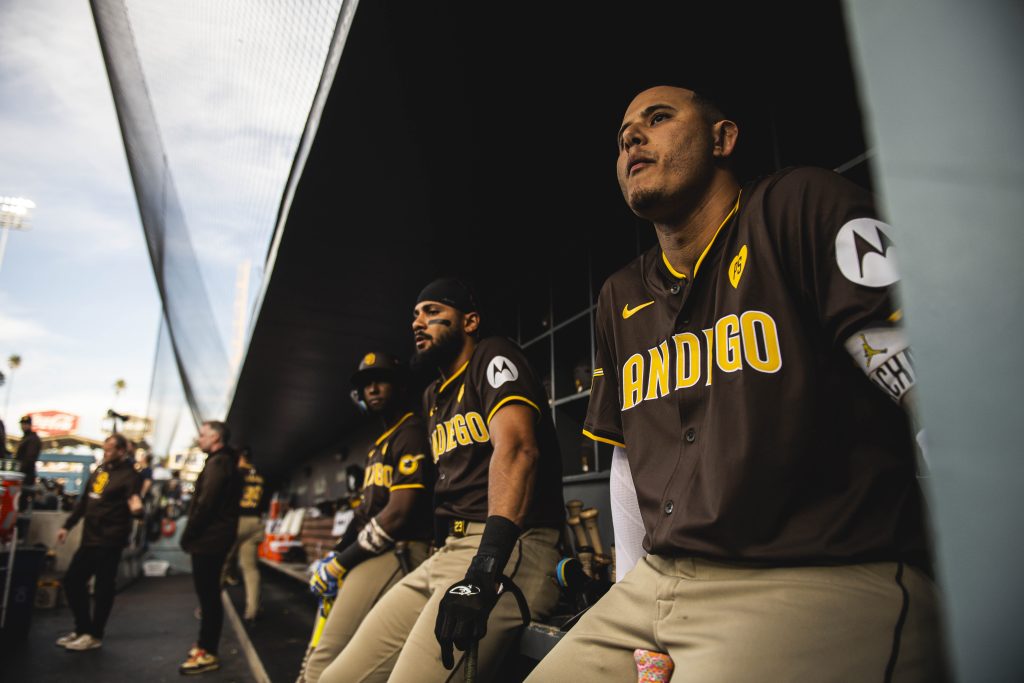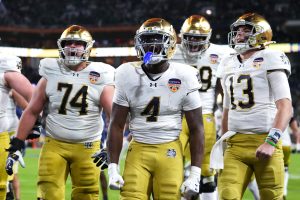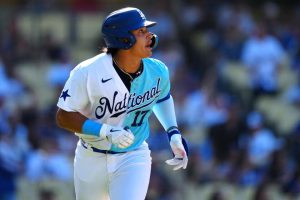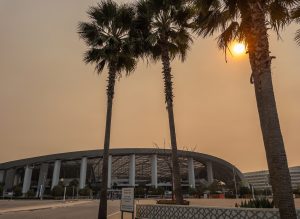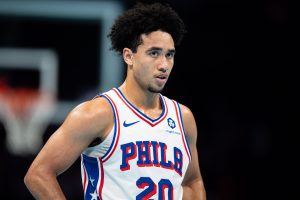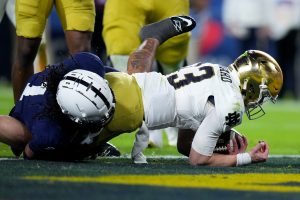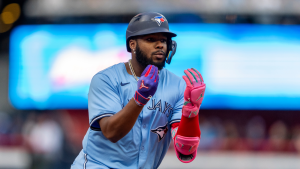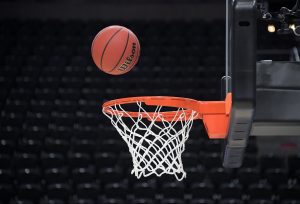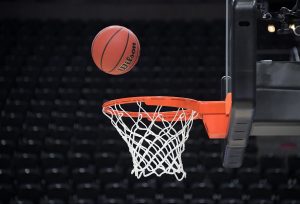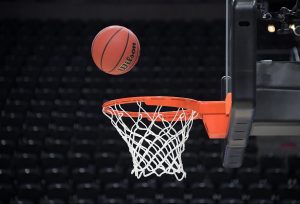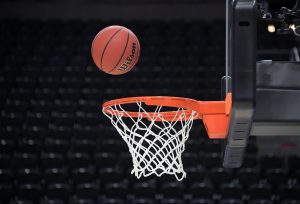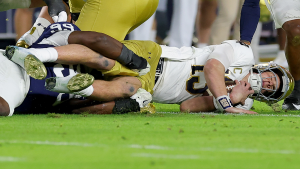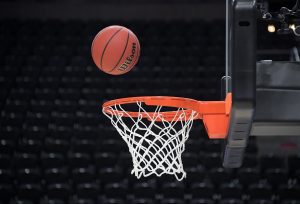An ownership struggle and financial limbo leave San Diego without a clear path forward in 2025.
For the better part of the past decade, the San Diego Padres have been involved in a steady stream of industry-rattling transactions. Establishing the vision atop the franchise was a passionate owner in Peter Seidler, who demonstrated unbridled enthusiasm and commitment to chasing the team’s first World Series. Leading the charge was a swashbuckling president of baseball operations in AJ Preller, known for his ultra-aggressive pursuit of elite talent. With their combined efforts, the Padres gradually launched out of a longstanding state of lackluster relevance in the big-league landscape to become one of the more newsworthy and competitive teams in Major League Baseball.
Seidler joined the ownership group in 2012 and became majority owner in 2020, and Preller was hired in the summer of 2014. The transformation in how the Padres operated began almost immediately, with Preller executing a whopping 10 trades in his first eight months as general manager. Three years later, the club signed Eric Hosmer to an eight-year, $144 million deal, then the largest in franchise history — a record that stood only until San Diego’s $300 million agreement with star third baseman Manny Machado more than doubled the mark a year later.
Machado’s landmark deal — and Seidler’s elevation to majority owner the following year — ushered in the era of Padres baseball we’ve come to recognize today: a period defined by a relentless pursuit of superstars and heavy financial investment in the roster. This in turn has reinvigorated and galvanized the city around a team that has rewarded its supporters’ enthusiasm with multiple postseason runs.
Since Machado arrived six years ago, the Padres have been main characters during virtually every transaction cycle. They traded away 16 players in six different deals to bolster their roster at the 2020 deadline and proceeded to reach the postseason for the first time since 2006. The following winter, they acquired Yu Darvish, Blake Snell and Joe Musgrove over the span of three weeks. At the 2022 deadline, they made one of the biggest trades in league history, acquiring Juan Soto from the Nationals — just one day after swinging a deal for renowned closer Josh Hader.
The trade history is breathtaking on its own. But it was Seidler’s spending that truly seized the attention of the rest of the league, as well as envious fan bases around the country. We’ve seen extensions for Fernando Tatis Jr. ($340M), Musgrove ($100M), Darvish ($106M) and Jake Cronenworth ($80M) and a restructuring of Machado’s deal that guaranteed an additional $170M to the third baseman. In the winter of 2022-23, the Padres signed shortstop Xander Bogaerts to a $280M deal and guaranteed another $113M to four pitchers (Robert Suarez, Nick Martinez, Seth Lugo, Michael Wacha).
All together, it was a staggering level of investment to strengthen the roster — and over a relatively short time. While some deals looked prudent and others bordered on reckless, each successive financial commitment reinforced the larger trend: Seidler was boldly lifting the franchise into a new tier of competitiveness and relevance, and the fans in San Diego responded with record attendance.
Then Seidler passed away in November 2023, and things changed shortly thereafter. Rather than addressing an urgent need for pitching, San Diego used Soto as a trade chip to bring back a haul from the Yankees headlined by Michael King, as well as a prospect in Drew Thorpe who later helped them acquire Dylan Cease. The Padres’ spending in free agency was immediately more measured. After paying nearly $40M in luxury tax penalties on a 2023 payroll that exceeded $250M, the club reduced payroll to the point that they ducked below the first CBT threshold by the end of 2024. In fact, of the eight teams that went into the tax in 2023, the Padres were the only one that didn’t do so again in 2024.
This offseason, fresh off another exciting campaign in which the Padres came close to eliminating the Dodgers in the NLDS, San Diego’s newfound frugality has been magnified. After years of involvement in the biggest moves of summer and winter, the Padres have faded into the background. They’re one of just seven teams that haven’t signed a major-league free agent, and they haven’t agreed to any extensions, either. San Diego’s sole external addition to the major-league roster has been right-handed pitcher Juan Nunez, a Rule 5 pick. And perhaps most shocking of all, Preller has executed zero trades. The club also failed to reach an agreement with King on a 2025 salary before Thursday’s deadline, which means the two sides might head to arbitration next month, a process the Padres haven’t gone through with a player since Preller took over.
But as unusual as it has been to watch the Padres, of all teams, do nothing, the inactivity is heavily informed by some crucial larger context. Looming over the franchise is a recently escalated legal dispute between Sheel Seidler, the widow of Peter, and three of Seidler’s brothers, Matt, Bob and John, regarding who will be the primary control person for the franchise moving forward. The outcome of this battle for control will undoubtedly have ramifications for how the franchise operates in the short and long term. For now, though — with pitchers and catchers scheduled to report in roughly five weeks — the Padres will continue to navigate under difficult circumstances.
Right now, the Padres’ roster features both enviable strengths and severe shortcomings. Let’s start with the good news. There has been no bigger development for this franchise on the field over the past year than the breakout of center fielder Jackson Merrill. Merrill, who turns 22 in April, is already one of the best all-around players in the National League, and he’s making the league minimum. Alongside Tatis, who looked more like his pre-suspension self in 2024, Merrill represents a foundational offensive piece to build around.
Other good news: Machado remains an anchor at the hot corner on both sides of the ball, and Luis Arraez is a certified hit machine atop the lineup. On the mound, Cease, King and Darvish form a terrific trio atop the rotation. And the bullpen, even factoring in Tanner Scott’s expected departure in free agency, remains formidable, with Suarez, Jason Adam and breakout flamethrower Jeremiah Estrada in the fold. There is still an abundance of star power on this roster.
What San Diego lacks, however, is depth and flexibility. According to RosterResource, San Diego’s current projected luxury tax payroll sits at roughly $243M, or a hair above the first CBT threshold, which is set at $241M for 2025. If we assume the club is uninterested in paying the tax again, that means there is minimal wiggle room for Preller and Co. to make meaningful additions. As such, it’s no surprise that Cease and Arraez — both entering the final years of their contracts and both scheduled to make roughly $14M in 2025 — have surfaced as rumored trade candidates, with their salaries and talent representing opportunities to off-load payroll while recouping pieces that could help the team compete in 2025.
Of course, dealing players of Cease and Arraez’s caliber is under consideration only because of the bloated Bogaerts and Cronenworth contracts, neither of which is likely to be of interest to other teams. With so much money already committed to stars, trading shorter-term contracts appears to be the only avenue for San Diego to improve its roster. This same dynamic unfolded a year ago with Soto, and the Padres did an admirable job making the most of the situation. But still, trading away very good big leaguers while improving your roster is an exceptionally difficult sequence to maneuver.
In theory, the Padres could still make a few minor moves this winter, dump enough salary to get below the luxury tax, stand pat otherwise, roll into 2025 with the current group and hope for the best. Fans in San Diego will continue to pack Petco Park and support a team that features a wealth of likable players. But on the whole, this is not a championship roster as it stands. For all the familiar talented faces that remain, this is a worse team than the one that won 93 games in 2024 and was considered a legitimate threat to win it all.
Two of San Diego’s key offensive contributors — Jurickson Profar and Ha-Seong Kim — are still free agents. But while Profar would reportedly love to stay a Padre, his breakout 2024 warrants a level of contract that the Padres do not seem to be in position to give him right now. Without Profar, left field is a position of serious concern for San Diego, with several unproven internal options (Tirso Ornelas, Brandon Lockridge) penciled in as replacements. And while a Kim reunion always seemed less likely, his departure leaves San Diego’s infield defense in a much weaker spot as well.
It’s not just Kim and Profar, either. Kyle Higashioka, Donovan Solano and David Peralta also hit free agency, leaving San Diego’s catching corps and bench in fairly dire straits. While San Diego boasts two of baseball’s top teenage prospects in catcher Ethan Salas and shortstop Leo De Vries, there is a dearth of position-player depth at the upper levels of the farm system, making it difficult to identify internal candidates who could contribute in the short term.
There are concerns on the mound as well. With Musgrove out for 2025 due to elbow surgery, there’s a huge drop-off in the rotation beyond San Diego’s top three starters. Knuckleballer Matt Waldron, a neat story but hardly a premium option, and Randy Vasquez, whose 14.4% strikeout rate was the lowest among starting pitchers in 2024, are the projected Nos. 4 and 5 starters as things stand. And similar to the position-player depth chart and due in large part to the wave of win-now trades executed in recent seasons, there aren’t many promising prospects in-house who are primed to seize a rotation job anytime soon.
If there is one salve of sorts left for San Diego this offseason, it’s the team’s ongoing pursuit of Japanese phenom Roki Sasaki, a generationally gifted pitcher available for a fraction of what he’s worth — the ideal target for a club stuck in financial limbo. This is a player the organization has coveted for years, with Preller explicitly referencing Sasaki during Seidler’s celebration of life at Petco Park last March and continued reports of the club’s intense efforts to recruit the 23-year-old right-hander this winter.
Sasaki’s free agency will reach its highly anticipated conclusion in the next couple of weeks, with the Padres rumored as the front-runner. It’s unclear whether the ongoing ownership dispute will have any impact on the team’s ability to sway Sasaki, but that cloudy context only underscores how big of a deal landing Sasaki would be for a fan base craving any semblance of good news. That said, while adding Sasaki would strengthen San Diego’s rotation and represent a humungous organizational victory, it would hardly solve the litany of issues elsewhere on the roster.
Overall, the problems in San Diego are plain and simple. The solutions, less so. World Series ingredients remain at the highest rungs of this roster, but championship-caliber depth is sorely lacking. How the Padres proceed from this point — whether they opt for more dramatic moves or simply hold steady — will be one of the most important stories to monitor from now until Opening Day.
